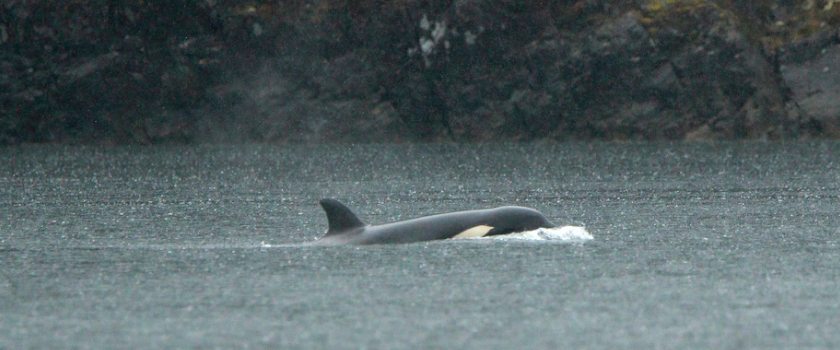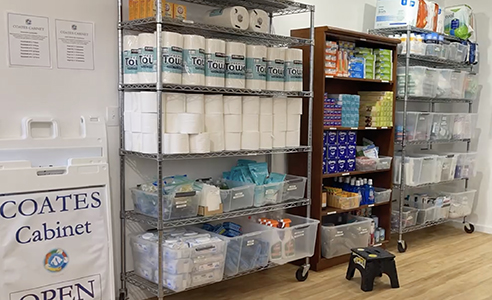— from Jeff Bossler —
Don’t be fooled by a little rain!
A little rain sure makes plants look better overnight, and seeing the mists graze the forested slopes can solicit the feeling that things are really wet and nourished.
But not so fast… it’s really dry out there!
Rain contains small amounts of nitrogen from the atmosphere, which is immediately available to plants by absorption through their foliage, and this in turn gives plants an immediate boost of green happiness. But these small rains rarely if ever penetrate beneath the grass, duff or mulch to ever mean anything to the roots. The effect of these little rains is little more than cosmetic. Water, and only water, is what enables roots to absorb the scores of nutrients needed for plant health.
While mowed lawns and fields are very good at turning green with small amounts of rain, many perennials, shrubs and trees in your landscape are not as talented. Too often I hear from people; “now that it rained, I don’t have to water.” Not true! After it rains, dig a little. Take a look below the mulch or scratch the surface under a tree and see how far down the rain penetrated.
While mulch helps hold moisture in the soil, once the soil and mulch goes dry, chances are very good that both the mulch and soil has become dry enough to become hydrophobic by resisting or even repelling water. If nothing else, the mulch on top will quickly absorb “all that rain”, preventing any of that rain (or your sprinkler) from ever reaching the soil. This condition is also common in our conifer forests.
Mulch should never be seen as a way to water less. Instead, it should be used to make your regular watering mean more to the plants, because mulch alleviates up and down cycles of wet vs. dry … as long as your mulch is hydrated enough to neither repel water or hog it through absorption.

According to the time series (click on image above) data by the US Drought Monitor, San Juan County has experienced significant drought 16 out of the past 20 years. While the San Juan Islands typically dry out for the summer months, “drought” is an abnormally extended period without rain which leads to a deficit of water over and above what would be the historical normal. Our forests are showing it with dying cedars, dry alders, and iconic lone Doug fir trees in grassy knoll overlooks calling it quits.
Trees and shrubs are a lot like people. Years of insufficient maintenance are not turned around on a dime. We can’t correct a bad diet by taking a multivitamin one day and expect results. Similarly, forests and planted gardens don’t turn on a dime because of a scant rain, one watering, or one heavy rain event over a winter. Most of our native tree species and what we plant for our landscapes exist here only on what is considered their bare minimum rainfall in a good year.
As someone who’s worked in the forests and gardens on Orcas Island for the past 32 years, I’ve often found bone dry soils already by March, and some soils don’t become hydrated again until December. With increased vigilance and watering long before our landscape plantings are languishing of thirst, these problems are easy to fix. As for our forests and surrounding ecosystem, the story is far more complicated and dire.







